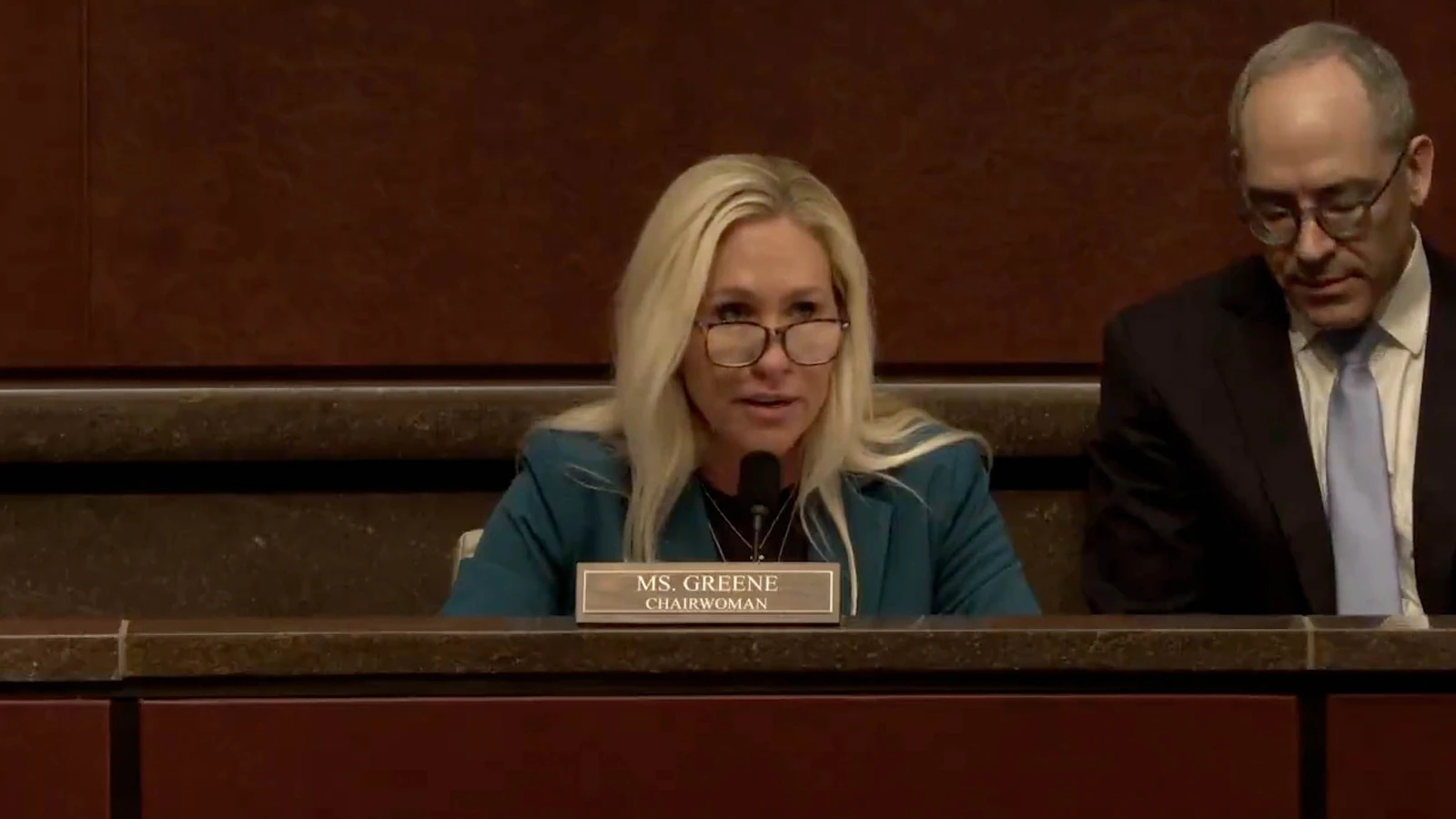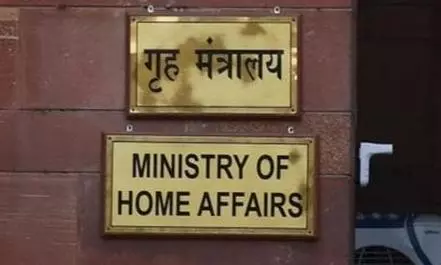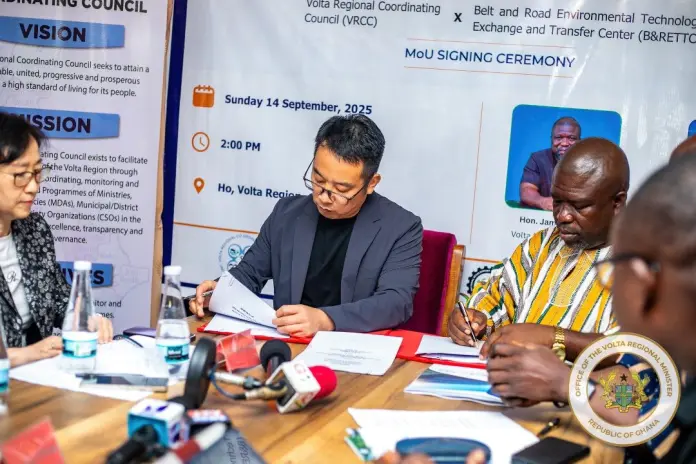
A Congressional subcommittee spent nearly two hours on Tuesday discussing the rarely practiced but frequently talked about science of weather modification and geoengineering.
Convened by the House Subcommittee on Delivering on Government Efficiency, the hearing titled “Playing God with the Weather — a Disastrous Forecast” looked at the federal government’s role and the potential unintended consequences of weather modification and the ethical and legal issues surrounding the technology.
The hearing follows the introduction of the Clear Skies Act in July by the subcommittee’s chair, Congresswoman Marjorie Taylor Greene, R-Ga., which seeks a federal ban on geoengineering and weather modification.
“Humans have been trying to control the weather for centuries,” said Greene during her opening remarks. “Today, people are still trying to control the weather, but some things have changed. Modern attempts at weather control don’t appeal to divinity. Instead, they use technology to put chemicals in the sky,” Greene added.
The ranking Democrat on the subcommittee, Melanie Stansbury, D-N.M., questioned both the motives and the appropriateness of the hearing.
“There’s a more insidious issue here, which I think we’ve already heard in some of the comments, which is the using of the platform of Congress to propel anti-science theories to platform climate denialism and to ultimately put our communities at risk by continuing to put out disinformation,” Stansbury said.
While the hearing touched on legitimate scientific topics like solar radiation modification, also known as solar geoengineering, and cloud seeding, it also featured mentions of debunked contrarian theories. The ABC News weather, climate and science unit fact-checked key claims made during the public hearing.
Claim: “Today’s advocates of geoengineering don’t just want to address droughts or improve conditions for agriculture; they want to control the Earth’s climate to address the fake climate change hoax and head off global warming.”
Fact check: The Intergovernmental Panel on Climate Change’s (IPCC) Sixth Assessment Report (AR6) was an eight-year project led by the world’s most authoritative scientific body on climate change, including 234 scientists who specialize in the physical science of climate change, 270 scientists who study impacts, adaptation and vulnerability and another 278 who are experts on climate change mitigation. The scientific body reached a clear consensus. The report found that human-caused emissions are driving present-day climate change, which affects every part of the world, and that it is unprecedented in modern times. In addition, there have been no efforts to modify the climate on a global scale and there’s no current technology that would make that possible.
Claim: “One [intervention] is to remove carbon dioxide from the atmosphere. Yes, the same carbon dioxide that keeps plants alive and prevents mass starvation.”
Fact check: Carbon dioxide is vital for our planet and there have been no efforts to remove all of it from our atmosphere. Intervention efforts, like enhanced rock weathering and carbon removal, can reduce excess amounts of carbon dioxide now present in Earth’s atmosphere due to human-caused greenhouse gas emissions, according to MIT. Natural processes, such as forests and the ocean, remove about half of the carbon dioxide produced each year, but this still leaves billions of tons of excess CO2, far more than our plants need.
Claim: “Another method they want to use is to block the rays of the sun from hitting the Earth. You heard that right. Yes, the same sun that makes all life possible on Earth.”
Fact check: Solar radiation modification, also known as solar geoengineering, refers to a set of proposed technologies designed to reflect sunlight back into space to lower global temperatures and combat climate change. While some researchers have studied these techniques for decades, real-world experimentation has been minimal. In 2023, the White House published a report that outlined potential research directions for solar radiation modification (SRM). The report, produced by the White House Office of Science and Technology Policy (OSTP) in coordination with NOAA and other federal agencies, was not a policy proposal but a research roadmap. Its stated goal was to identify critical knowledge gaps related to SRM and to guide scientific inquiry into its potential risks and benefits.
Claim: “Cloud seeding, while it may occur, it’s probably not occurring as often as people think because its effects are unknown, or not certain.”
Fact check: Cloud seeding is a weather modification technique that involves releasing silver iodide or salt particles into the atmosphere to encourage water droplets to condense or freeze, increasing the chances of precipitation. Although the method has been used for decades, primarily in the western United States, its effectiveness remains limited.
According to the Government Accountability Office (GAO), cloud seeding is typically carried out by state agencies or private companies and may increase precipitation by up to 20 percent — though in many cases, the boost can be minimal or nonexistent. However, accurately assessing the impact of cloud seeding remains difficult due to limitations in the available effectiveness research. The National Oceanic and Atmospheric Administration (NOAA) does not fund or participate in cloud seeding or other weather modification projects. Projects, however, do need NOAA’s approval before proceeding and are listed on the agency’s website. And cloud seeding isn’t done when heavy rain is forecasted or in areas prone to flooding.
Claim: Airplanes are using “chemtrails” to modify the weather and climate.



